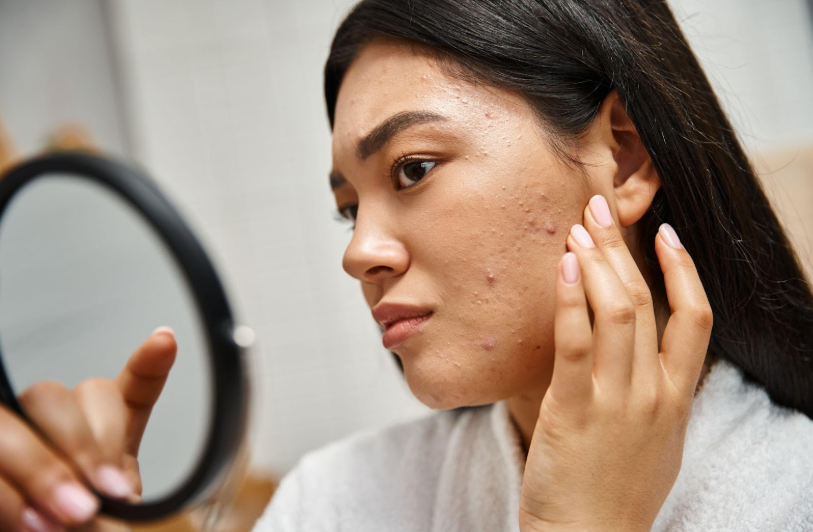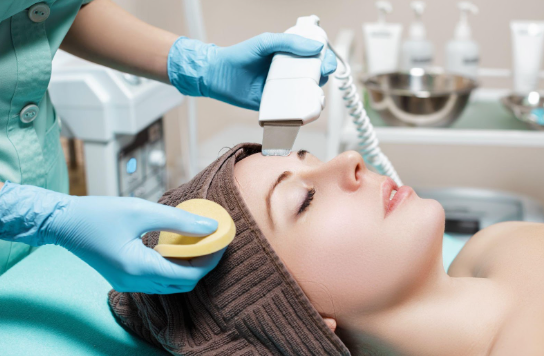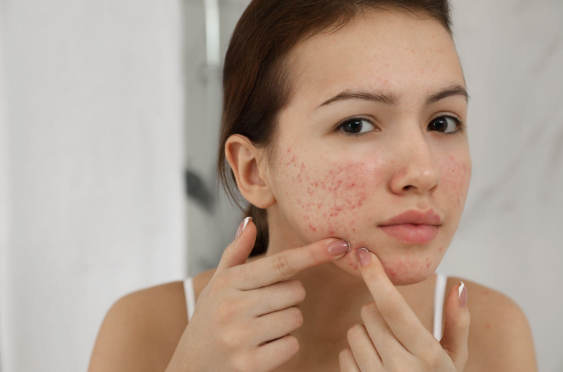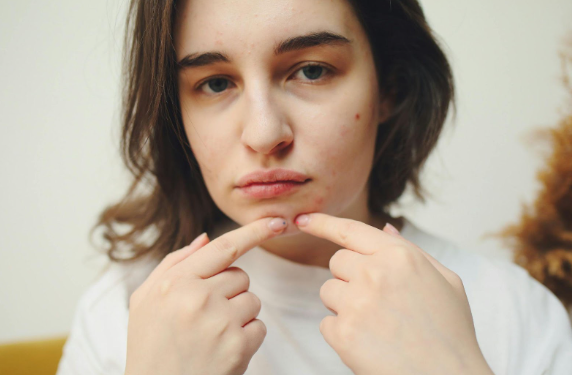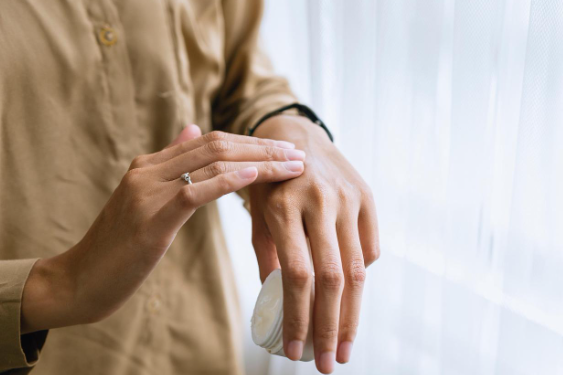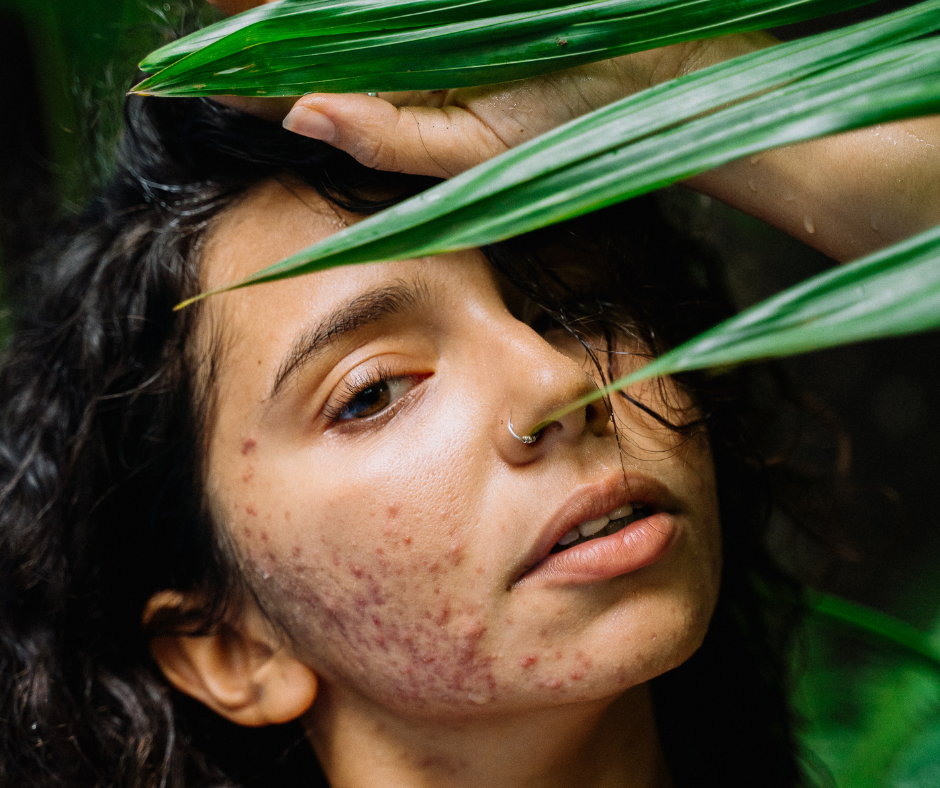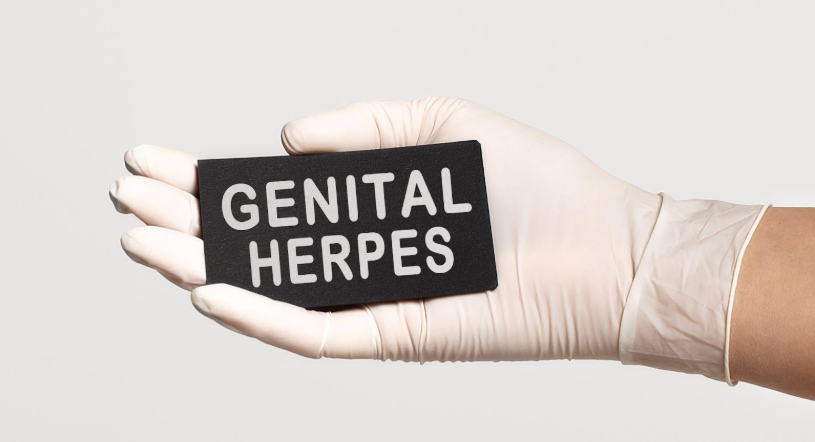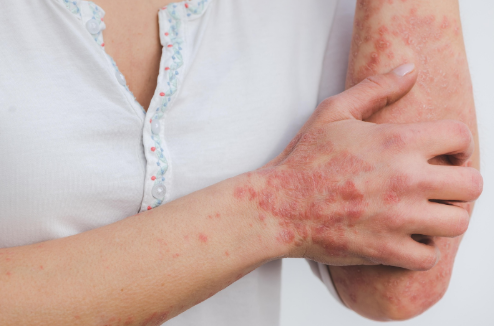We are extremely fortunate to have a strong collegiate athlete presence in our area. From Hattiesburg to Laurel, Mississippi there are 8 college campuses within our vicinity, which is why we have so many student athletes in our area. University of Southern Mississippi, William Carey University, Jones County Junior College, and Pearl River Community College, just to name a few, all have great sports programs. Our student athletes lead exceptionally healthy lives compared to the general population, but at the same time these individuals are at greater risk of developing skin cancers. These individuals are at greater risk because of significant ultraviolet exposure and due to the sweat and strenuous activity their sun-protective practices tend to be suboptimal. This is by no fault of their own, as it is a lack of education on adequate sun protection. At Pine Belt Dermatology we are huge supporters of our local collegiate sports programs, and so we hope that this blog will help educate student-athletes and their coaches, trainers, and parents.
Radiation from the sun is an established risk factor for all skin cancers. There is a proven reduction in the risk of developing skin cancer when there is adequate sun protection and sunscreen applied, however, the use of sunscreen remains low among young adults and adolescents. Many sports provide/require protective gear for various parts of the body when competing, but protection of the skin is often overlooked. This is befuddling because the skin is the athletes’ largest organ, yet no safeguards are put in place to prevent sun damage. In fact, a survey done in 2014 found that nearly 90% of athletes do not wear sunscreen when competing. With only a handful of exceptions, athletes practice and compete in the midday sun, which is when UV rays are strongest, so it is of great concern that these young adults are exposing their skin to such vast amounts of UV light so early in their lives. In addition to lack of sun protection, athletes’ UV damage is exacerbated by their sweat. The sweating not only washes off sun screen (it if was ever applied), it also increases the photosensitivity of the skin. There is also significant UV radiation that can reflect on to the body from training areas such as light-colored grounds, concrete, and sand. In addition to all of that, intense training temporarily weakens the skin’s immune system which can increase the damage done by the sun. Fairer skinned athletes are at the greatest risk for developing skin cancer later in their life time, but all athletes are susceptible to sun damage and skin cancer. Sun damage and skin cancer knows no demographic boundaries.
Educating student-athletes on adequate sun protection and the risks associated with prolonged sun exposure is extremely important. Often the above statements can be misinterpreted as dramatic, but they are anything but dramatic. Consider the following facts. The CDC reports that it only takes 15 minutes of UV exposure for changes in the skin to start taking place. How many hours at a time do athletes train and then compete in the sun? The most current studies and estimates show that 1 in 5 Americans will develop skin cancer at some point in their life time, and that 1 in 50 Americans will develop melanoma (the deadliest form of skin cancer) at some point in their life. Those are not favorable odds, and these odds are only increased for student athletes who have participated in sports for their entire lives. In recent years, Basal Cell Carcinomas and Squamous Cell Carcinomas are rapidly increasing in individuals under the age of 40 years old. In conjunction to that, melanoma is the most common form of cancer in young adults ages 25 to 29, and the second most common among those ages 15 to 29. While these are scary numbers, the great news is that UV exposure is extremely preventable provided the right amount of education is given to our young athletes, and it is the best way to prevent all types of skin cancer. There have been recent developments over the past decade in developing water-proof and sport-appropriate sunscreen so that athletes can more easily apply sun protection. Below are a handful of easy tips for athletes to follow:
- Use SPF 30: because of the exposure an athlete’s body experiences, they should use a sunscreen with at least a SPF of 30. The American Academy of Dermatology has stated that SPF 30 screens roughly 97% of UVB rays.
- Apply/reapply every 2 hours: even on a cloudy day, athletes should apply sunscreen every two hours to ensure they prevent sun damage. This is just as true for the water and sweat resistant sunscreens. If you are sweating a lot, reapply every 90 minutes.
- Pay attention to expiration dates: it may not be common knowledge, but sunscreens do expire. The FDA requires the product be stable for three years, but it is a common recommendation among dermatologists to discard your sunscreen if it is more than a year old.
- Wear UPF gear: athletic garb manufacturers have made sun protection a priority. These are stylish, comfortable, and designed with your protection in mind. Be sure to wear UPF gear to practice and competitions.
- Make sun-protection a routine: just as you practice safe technique in your sport, practice safe sun-protection as well. It will serve you well in the future, and it is equally as important in maintaining the longevity of your health and performance as is a healthy diet.
At Pine Belt Dermatology we love our local collegiate athletes and enjoy serving them as much as we do cheering them on. Hopefully this blog helps our Golden Eagles, Crusaders, Wildcats, and Bobcats understand the importance of sun protection in sports, and how they can continue to lead healthy lives. Collegiate athletes serve as role models to the general population regarding remaining healthy even in life after sports. They can also set forth a trend of practicing skin protection in sports. Maybe you didn’t practice the best sun safety while in athletics but as a coach, teacher, trainer, or parent now you can instill sun safety practices in the youth you mentor.
As always, if you or a loved one need to set up a visit for a skin screening, give us a call and set up an appointment!

